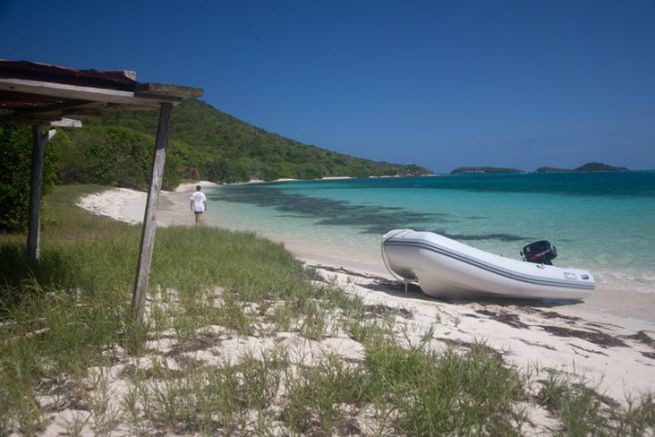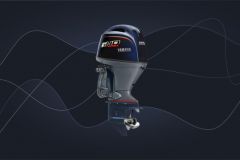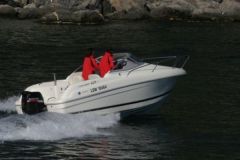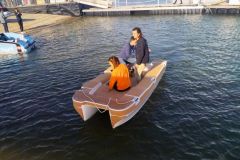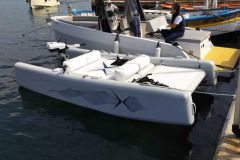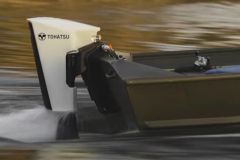Whether it is rigid or pneumatic, this beach machine seems to us to be very easy to manoeuvre. So much so that we don't hesitate to give the command to the children on board. Captain of the dinghy, it's a real pleasure! Yet every year accidents happen. They remind us that nothing should be left to chance on the water.
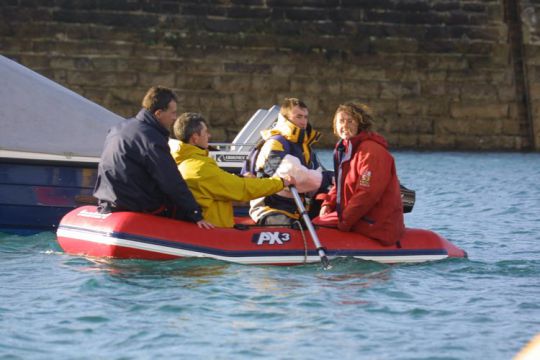
Perhaps the best known danger is man overboard. Why bother with a lifejacket when the shore is only 200 metres from the boat? Why do you think?
If you fall into the water while going down in the tender, it is likely that you will have slipped on the transom or hull. So you have a small chance of injuring yourself, knocking yourself out or hydrocuting, for example. Will you be able to get back up on your own? Will we be able to help you back up? Maybe you'll have had a few drinks on a friendly sailboat that will make the situation worse. You may also not be a very good swimmer. Sailors like to be on the water, not necessarily in the water.
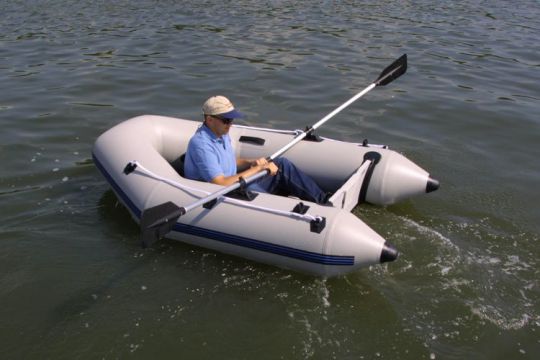
Last year a crewmember drifted for two days in a dinghy on the Aegean Sea. She was rowing back on board with a fairly strong wind. One of her oars fell into the water. Six boats, a helicopter and an underwater drone had to be put on alert to find her, fortunately safe, but suffering from dehydration. Closer to home, in Tregunc, it was a British yachtsman who found himself in trouble. Not only was he adrift because of the onshore wind, but he also fell into the water.
Another example: in the port of Douarnenez, a dolphin was recently raging in the port of Douarnenez, playing at capsizing the tenders. A roll taken from the side can have the same effect. We sailors are surrounded by sometimes unexpected dangers!
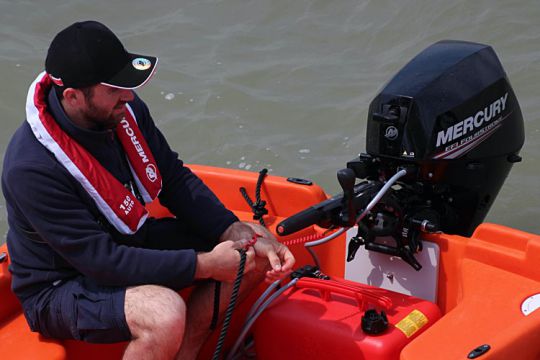
How to avoid such sea fortunes?
- Always wear a life jacket. You will store it in your backpack when you get ashore.
- Carry a means of signalling: portable VHF or telephone charged and placed in a waterproof pouch.
- When the wind is strong, avoid rowing alone.
- Always have oars on board the dinghy, even when you have an outboard motor.
- Carry a mooring line in case you can't spread the wind.
- If you plan to drive at night, use a flashlight to signal your presence.
- Have a piece of mooring long enough to keep up with the changing water level of the tide if you are docking at a wharf.
- When you start the engine, be careful not to elbow one of your crew members.
- Always put the outboard circuit breaker around your wrist. If you fall into the water, it will prevent you from being cut by your propeller like a sausage.
- In the same spirit: if a crew member falls off the tender, the helmsman must know to shut down the engine immediately.
- Once docked, don't forget to lock your outboard, and even the tender itself.
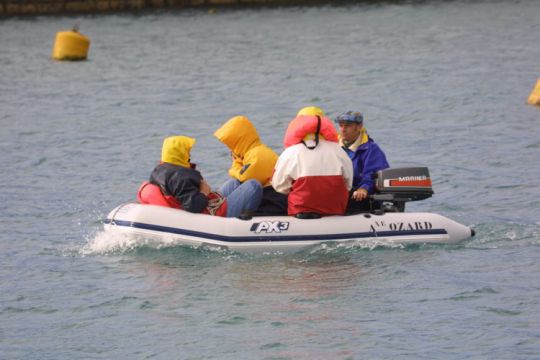
Now all you have to do is brief the young captain of the annex..
